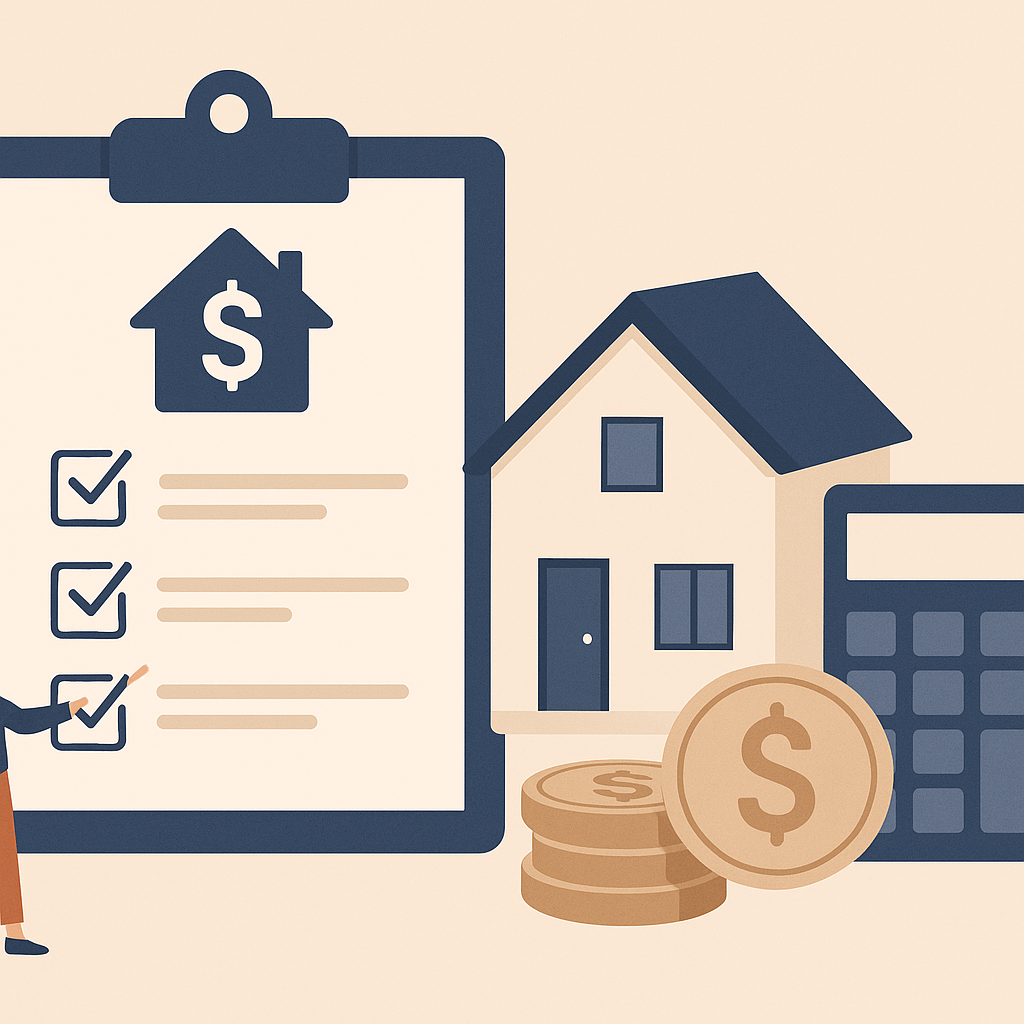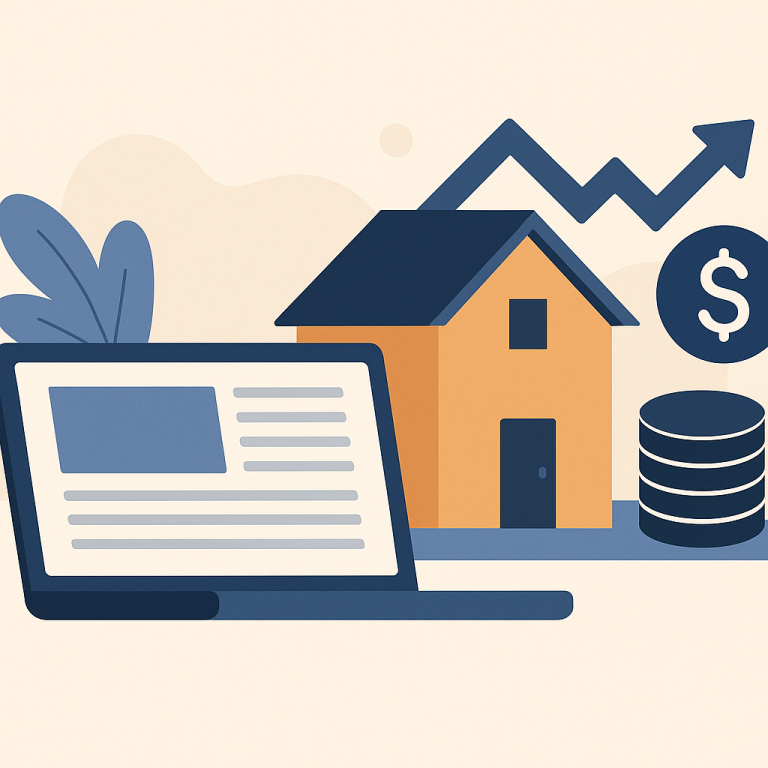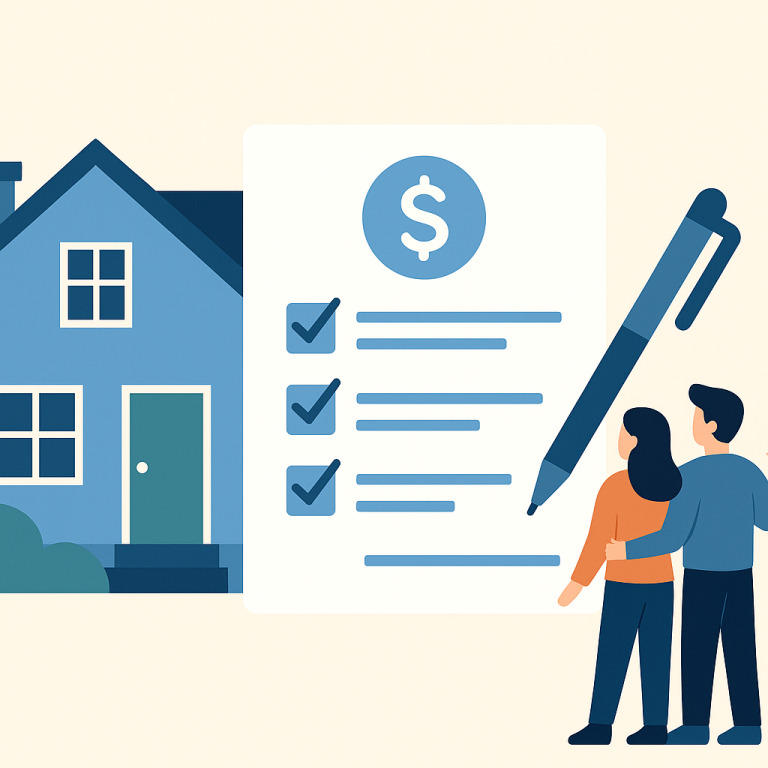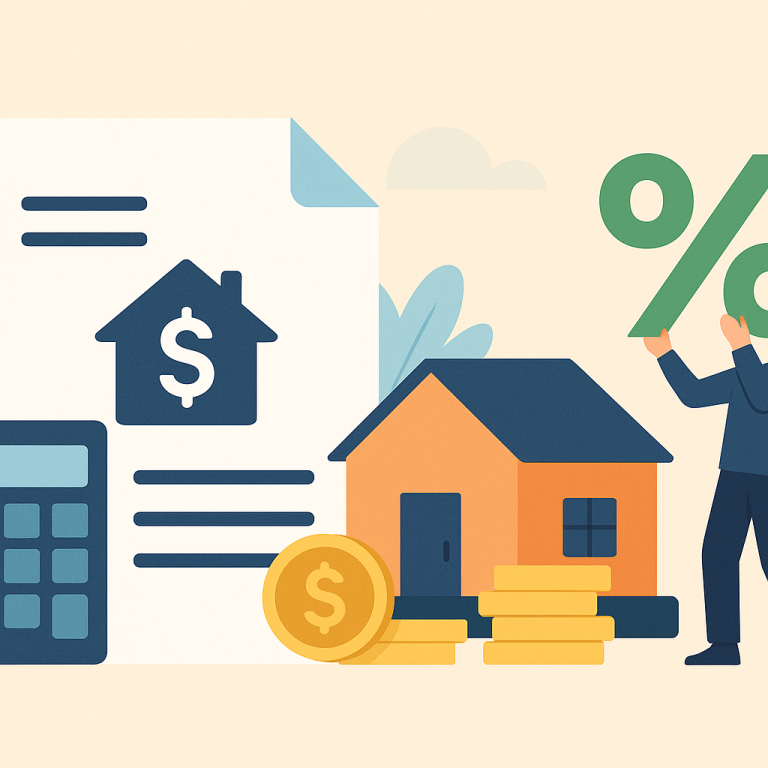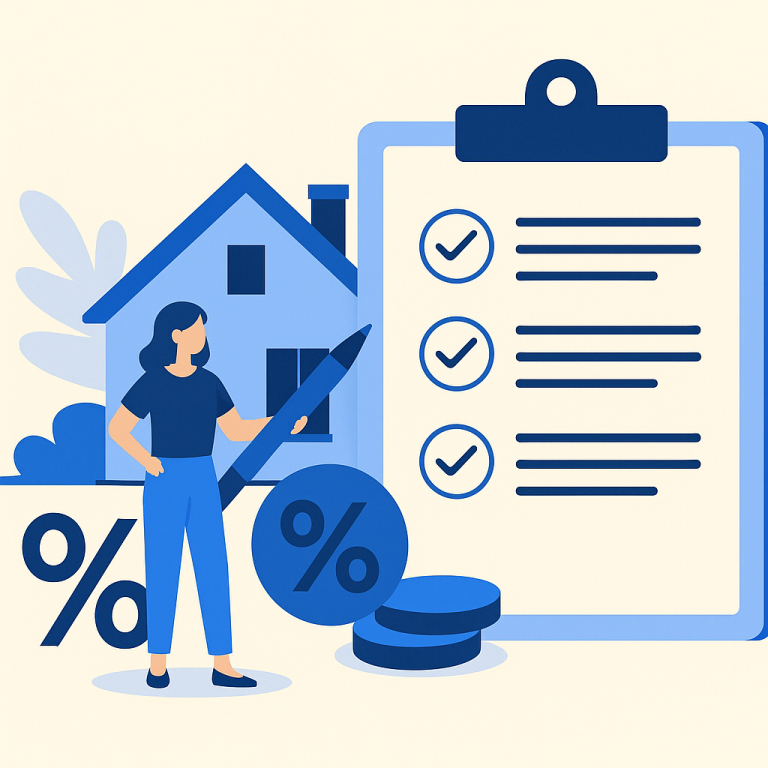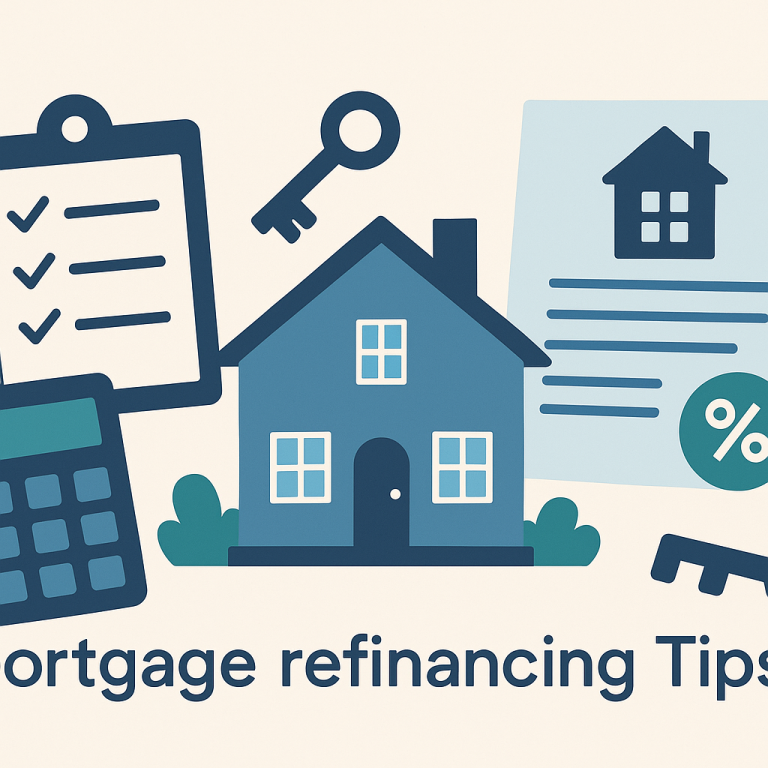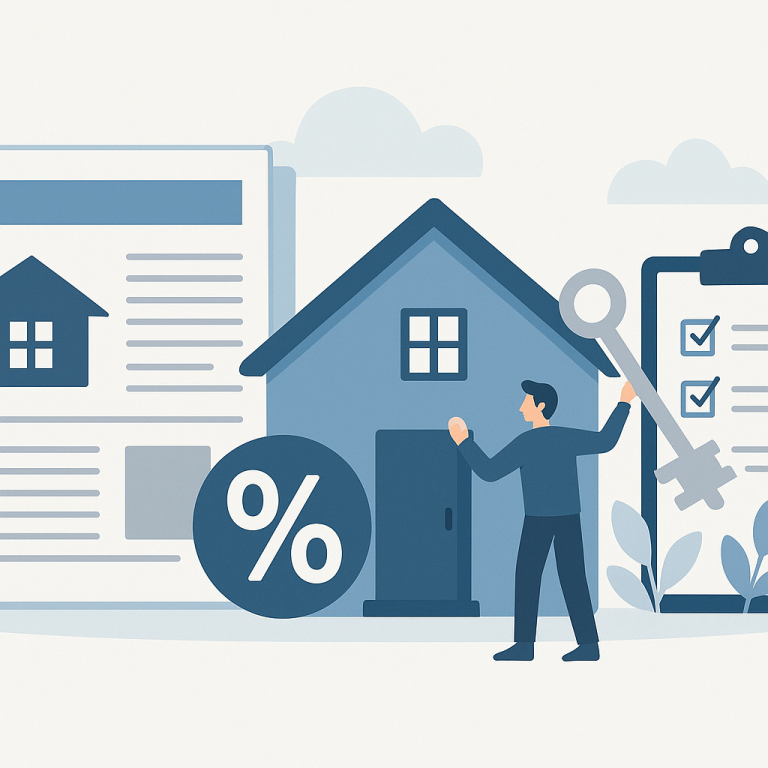Refinance guide best time of month to close a refinance to save interest
Best Time of the Month to Close a Refinance to Save Interest
When refinancing a mortgage, the calendar day you pick for closing can affect how much interest you pay at closing and when your first monthly payment is due. The key concept is daily interest accrual (per diem interest) and how lenders collect interest in connection with your first scheduled payment. Choosing the optimal closing date can save you hundreds—or even thousands—of dollars in upfront interest and improve cash flow timing.
What it is and when it makes sense
Per diem interest is the interest that accrues on your loan balance for each day between the closing date and the start of the regular payment cycle. Lenders typically require you to pay this accrued interest at closing so that your first regular monthly payment won’t include interest from days you’ve already covered. Because the number of days between closing and the first payment depends on the calendar, closing near the end of the month usually minimizes the amount of prepaid interest required.
It makes sense to consider this timing when you want to minimize out-of-pocket cash at closing, or when you want to avoid paying nearly a full month of interest up front. It’s especially valuable on large loan amounts or higher rates, where daily interest is greater.
Benefits and drawbacks
- Benefits
- Lower prepaid interest at closing if you close near month-end.
- Smaller immediate cash requirement, freeing funds for reserves or moving costs.
- Potentially better short-term cash flow because you’ve already covered fewer days of interest.
- Drawbacks
- Scheduling at month-end may conflict with your rate-lock expiration or underwriting timing.
- Closing too close to holidays or weekends can delay funding, which could push your closing into the next month.
- Some lenders set the first payment date based on internal rules, so timing benefits may be limited or vary by lender.
Costs and fees to expect
When you refinance, several fees and prepaid amounts can appear on your Closing Disclosure (CD). Items that interact with closing date choice include:
- Per diem (prepaid) interest: interest from closing date through whatever date the lender requires at closing.
- Escrows and reserves: prorated property taxes and homeowners insurance—these are often computed to the date of closing and may change with closing day.
- Standard closing costs: origination fee, appraisal, title, recording, credit report, and third-party fees (unaffected by day of month).
- Prepaid items like mortgage insurance or daily interest for the period until the first payment.
Example: On a $300,000 loan at 4% annual interest, daily interest is roughly $33. Closing on the 2nd of the month versus the 30th could mean paying ~28 extra days of prepaid interest (~$924) at closing. The exact amounts depend on loan size and rate.
Step-by-step process to minimize interest at closing
- 1. Ask your lender how they calculate the first payment date and how they collect per diem interest. Policies vary, so get specifics in writing or on the Loan Estimate/Closing Disclosure.
- 2. Lock your rate at a time that allows flexibility to schedule a month-end closing before the lock expires. Consider a slightly longer lock if month-end scheduling is tight.
- 3. Track underwriting milestones closely so you’re ready to sign once you receive “clear to close.” Communicate your preferred closing date to your settlement agent and lender.
- 4. Choose a closing date at the end of the month—ideally a few days before the last business day—so you minimize prepaid interest while avoiding weekend/holiday funding delays.
- 5. Review the Closing Disclosure carefully to confirm per diem interest, escrow proration, and the first payment date. If something looks off, ask questions before signing.
- 6. Close and fund. Confirm with the lender when funding will occur (some lenders fund the same day; others may fund the next business day), because funding date—not signing date—determines when interest begins to accrue for payments.
Common pitfalls to avoid
- Assuming every lender collects interest the same way. Policies on first payment date vary; some set it to the first of the following month, others to the first of the month after that, or a set number of days. Ask and confirm.
- Letting a rate lock expire because you delayed closing to hit month-end. Rate-lock extension fees or a higher rate can erase any interest savings from timing.
- Scheduling on the literal last calendar day without accounting for weekends/holidays. If funding can’t occur until the next business day, your closing might not be effective until the following month.
- Overlooking escrow and tax proration. A late-month closing can reduce prepaid interest but may increase escrow cushion requirements depending on local tax cycles.
- Rushed review of the Closing Disclosure. Signing without checking per diem amounts or the first payment date can lead to unpleasant surprises.
Short FAQ
Q: Is the last day of the month always the best day to close?
A: Usually closing near month-end minimizes prepaid interest, but it isn’t always best if it risks rate-lock expiry or funding delays. Confirm lender policies and avoid weekends/holidays.
Q: Can I change the first payment date to reduce prepaid interest?
A: Some lenders allow adjusting the first payment date within limits, but many have preset schedules. Ask your lender early—if allowed, this can affect prepaid interest and cash flow.
Q: Will closing at month-end affect my mortgage interest deduction?
A: The date you pay interest affects which tax year the deduction applies to, but changes will be small. Consult a tax advisor for specifics if you have large deductions or unusual timing concerns.
Q: What if my rate lock expires while waiting to close at month-end?
A: You may need to extend the lock (with potential fee) or accept the new market rate. Weigh the cost of extending versus the saved prepaid interest—sometimes taking a slightly higher rate is cheaper than paying lock extension fees.
In short, closing near the end of the month is often the most effective way to reduce prepaid interest at refinancing. But the optimal choice depends on your lender’s rules, your rate lock, funding logistics, and your personal cash-flow preference. Communicate early with your lender and settlement agent, review your Closing Disclosure carefully, and pick a closing date that balances interest savings with operational risk.
META: best time of month to close refinance; per diem interest; minimize prepaid interest; month-end closing benefits; refinance closing timing tips

